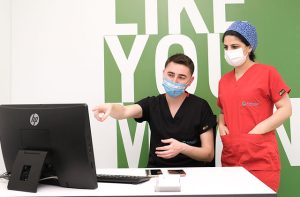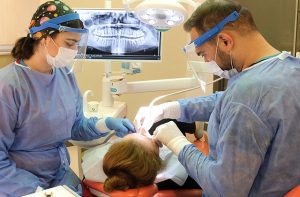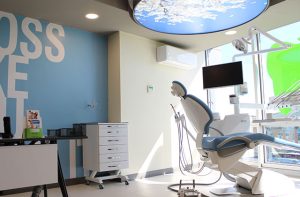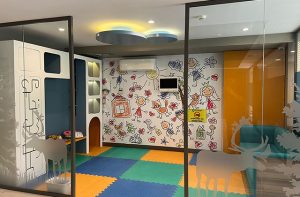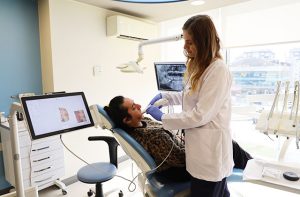Multiple Session Root Canal Treatments
Infections that develop in the roots and canals of teeth can sometimes extend beyond the root canals and affect surrounding tissues, showing various manifestations in these areas. In such cases, single-session root canal treatments may not be sufficient to achieve the desired oral health, and multiple-session root canal treatments are preferred to stop the spread of infection caused by bacteria and to protect the remaining tissues.
2.1. What is Multiple Session Root Canal Treatment?
Multiple-session root canal treatments are applied to keep the infected teeth in the mouth and stop the spread of the infection to surrounding tissues. The infection occurs when bacteria reach the tooth’s nerve and blood vessel bundle, leading to an infection of the tooth and its surrounding tissues. Through multiple-session treatments, medications and special technologies such as lasers can be applied to the tooth tissues and, in some cases, to the surrounding tissues. When the infection spreads to the surrounding tissues and remains in the root canals for an extended period, a single session may not be enough to complete the treatment.
2.2. When Can Multiple Session Root Canal Treatments Be Applied?
Multiple-session root canal treatments can be applied in cases where the infection in the root canals has spread to surrounding tissues, when there are anatomically different teeth that cannot be treated in a single session, when there are joint disorders causing difficulty in opening the mouth, when there is infection in a non-vital tooth, or when there is reinfection in a tooth that hasn’t healed sufficiently.
2.3. What Are the Advantages of Multiple Session Root Canal Treatments?
This method allows for short-duration sessions during treatment. It provides more thorough cleaning of the infections in the root canals, enabling more controlled and planned treatments.
2.4. How Are Multiple Session Root Canal Treatments Performed?
The patient’s medical history is evaluated, and the suitability of the treatment is checked through clinical examination and X-ray controls. After providing necessary information, local anesthesia is applied to the affected area. Rubber-dam isolation is used to prevent contact with bacteria and other teeth in the oral environment. This helps create a clear view of the area, and the root canals are examined in detail with the help of special glasses and magnifying tools. Decayed and unsupported tissues on the teeth are cleaned using laser technology or hand instruments. Infected blood vessels and nerve bundles in the root canals are removed. The remaining infected tissues and root canals are disinfected with special solutions, hand tools, and laser technology. Afterward, the canals are examined with special instruments, and dried disinfectant medications are placed in the root canals. The tooth surfaces are then sealed with temporary fillings or prosthetics. In the next session, the infection’s status in the teeth is checked, and permanent root canal and dental fillings are applied to complete the treatment. The best restoration to protect the teeth in the future is chosen, and routine dental check-ups are recommended for follow-up care.



